Gate valve has a broad market in the field of sewage treatment
The market situation is often complementary to the country’s development policies. As the country implements energy conservation and emission reduction strategies and accelerates the cultivation and development of strategic emerging industries, the construction scale and service scope of my country’s sewage treatment industry have
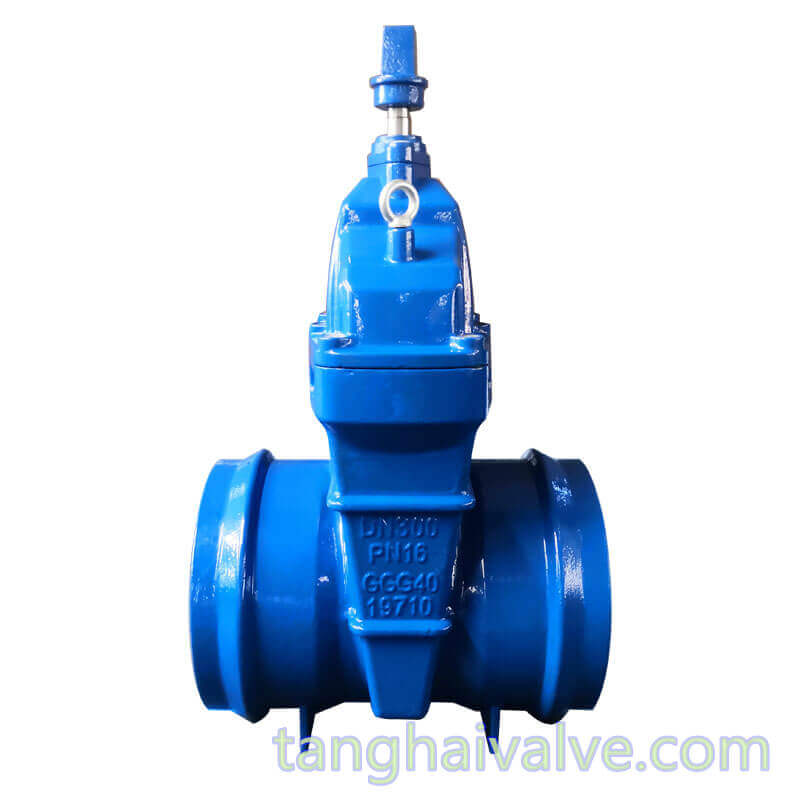
Socket welding gate valve-DN150-PN16-square hat (1)
gradually expanded. For gate valve products that are indispensable in the field of sewage treatment, it has entered a period of rapid development. The market demand for Tanghai gate valve products is increasing day by day, and it has a broad market space in the sewage treatment market.
Through the data feedback of Tanghai Valve Business Department, we can see that in addition to gate valves, butterfly valves, ball valves and other products are also popular valve products by customers, which play an important role in sewage treatment and are in strong demand. At present, the rate of urbanization in my country is continuously increasing, and the amount of water supplied by water plants and the scale of sewage treatment in sewage treatment plants are gradually increasing. Therefore, sewage treatment requires a large number of environmentally friendly valve equipment.
Although gate valve products are in great demand, domestic gate valve manufacturers have mixed good and bad products. Some valve manufacturers have poor product quality, low technical level, narrow export categories, varieties and regions, and are not competitive in the international market. But for veteran manufacturers like Tanghai Valve, challenges and opportunities coexist. On the one hand, competition in the valve market has become more fierce. Common gate valves, ball valves, globe valves and other product markets have begun to fight fierce price wars. This is a huge challenge for Tang Hai. On the other hand, market competition encourages the old valve manufacturers represented by Tanghai Valve to accelerate the integration of their products with international standards, enhance the competitiveness of enterprises and regions, promote the quality improvement and transformation and upgrading of gate valves and other valves, and realize the sustainable development of the valve industry.
On the road in the future, Tanghai Valve will open up more sales channels and increase effective production capacity for the application of gate valve products in the field of sewage treatment, so as to obtain more orders. Through the correct analysis of manufacturing, marketing, expansion, financial and other costs, effective cost control is achieved, and the company adheres to the sound development path that guides the enterprise toward environmental protection.
TH Valve is a professional manufacturer of butterfly valve, gate valve, check valve, globe valve, knife gate valve, ball valve with API, JIS, DIN standard, used in Oil, Gas, Marine industry, Water supply and drainage, fire fighting, shipbuilding, water treatment and other systems, with Nominal Diameter of DN50 to DN1200, NBR/EPDM/VITON, Certificates & Approvals: DNV-GL, Lloyds, DNV, BV, API, ABS, CCS. Standards: EN 593, API609, API6D
Related news/knowledge:
The structure and application fields of the lug type butterfly valve
Process design of check valve
Current status and development of Chinese valves
Valve actuator / actuation -(5)- advantages

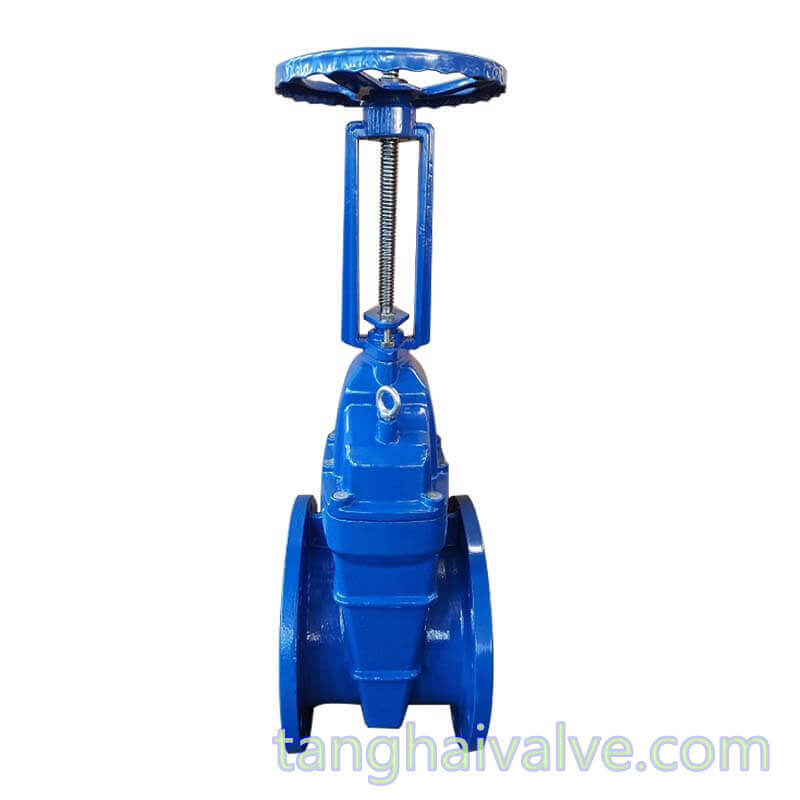
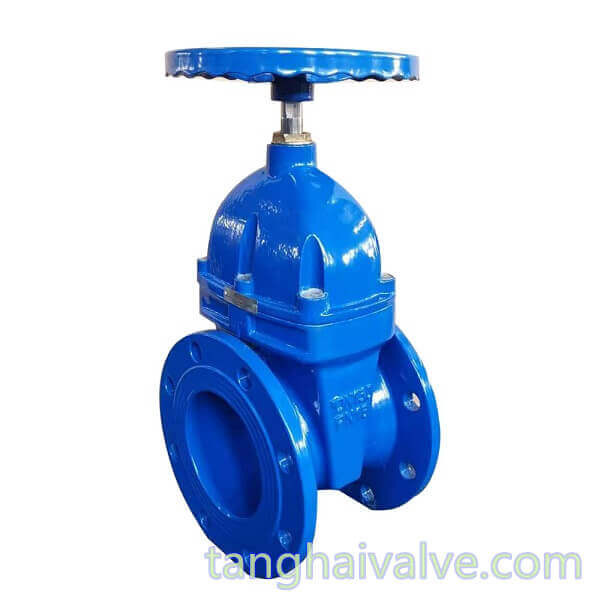
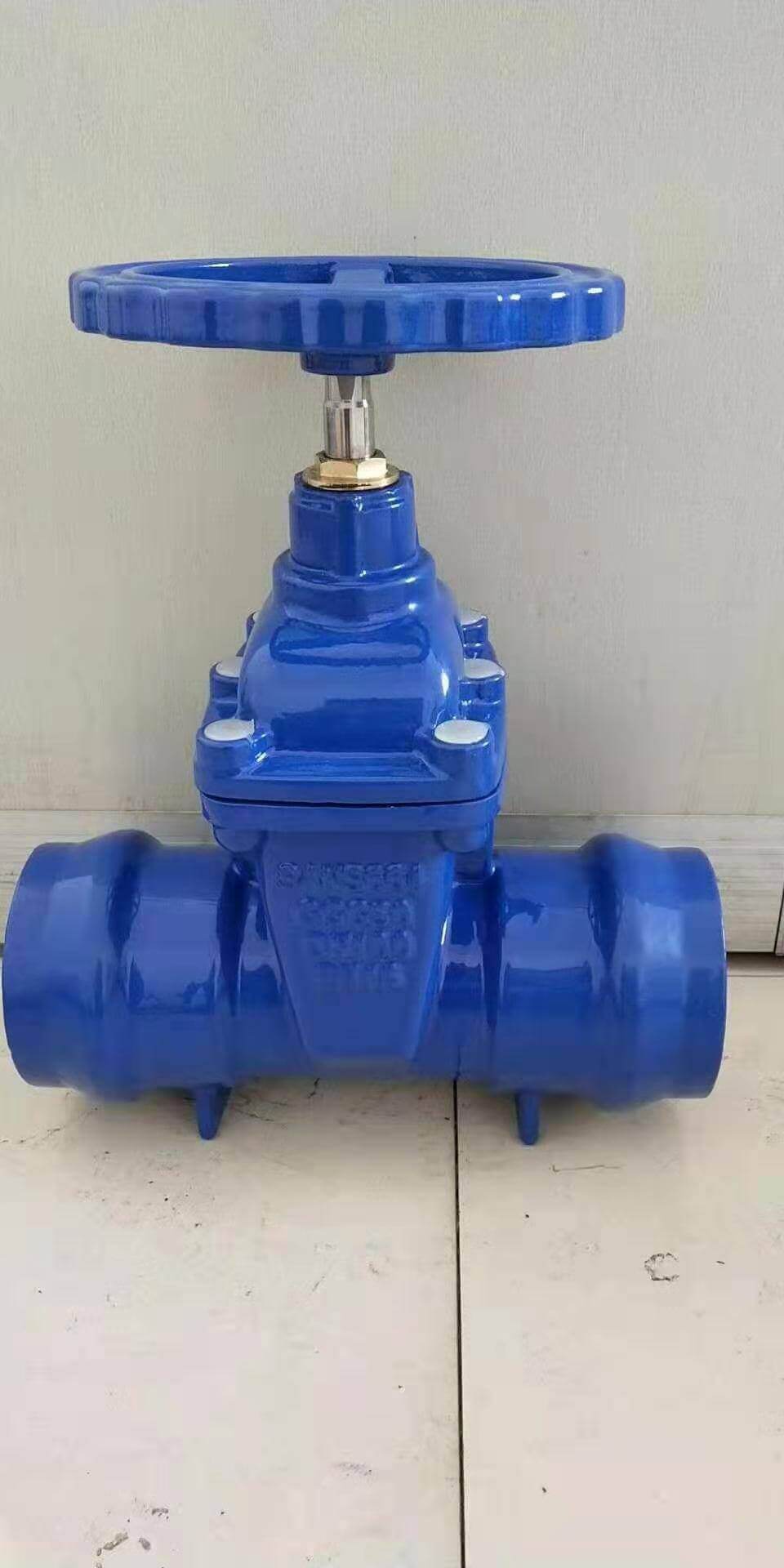
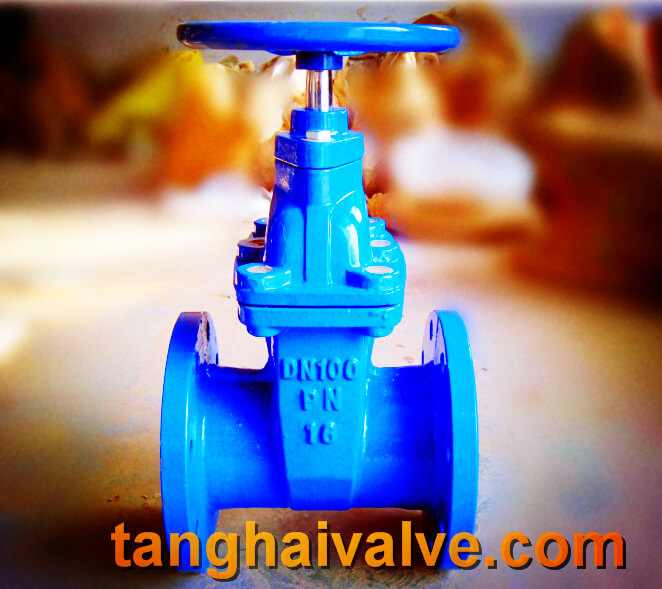
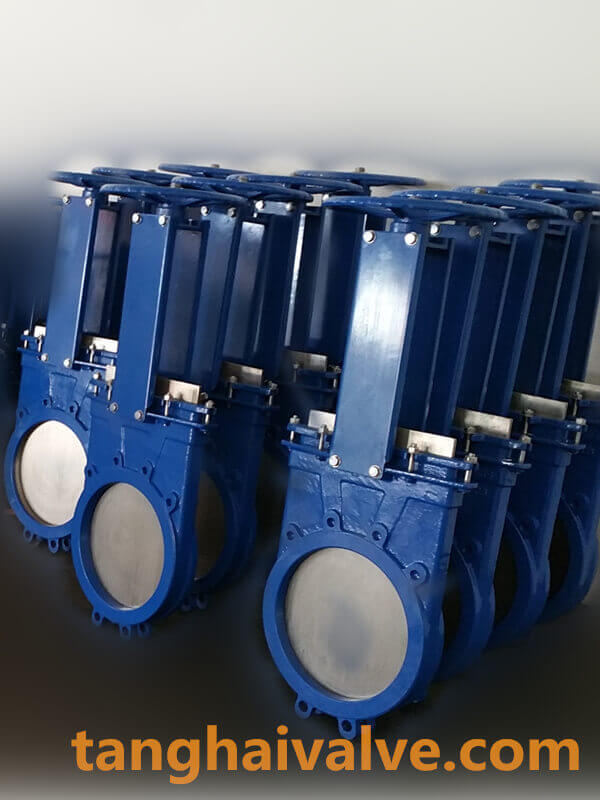
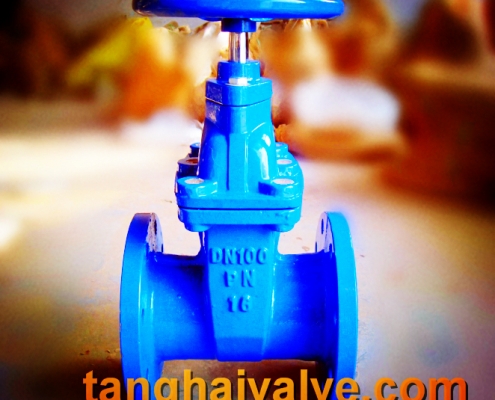


 © Copyright 2020 Tianjin Tanghaidongyang Valve Co., Ltd. All Rights Reserved.
© Copyright 2020 Tianjin Tanghaidongyang Valve Co., Ltd. All Rights Reserved.